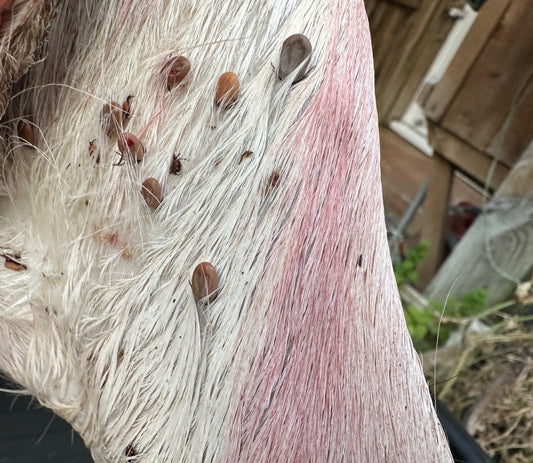In the realm of deer management, various methodologies and approaches are employed to ensure the delicate balance between deer populations and their surrounding ecosystems. Among the practices, deer stalking syndicates and structured deer management plans are predominant. However, the focus and implementation of these methods can significantly differ, with implications on the overall objectives of deer management. This article delves into why at Wildscape Deer Management, we advocate for a well-structured deer management plan over independent deer stalking syndicates, especially when the latter veers towards trophy hunting.

The core difference arises from the objectives. Deer stalking syndicates often allure enthusiasts with the pursuit of “selective” trophy heads. This allure, however, can obscure the larger picture of ecological balance, shifting the focus from effective deer population control to the pursuit of trophy deer. This shift tends to be at odds with the broader goals of professional deer managers and the obligations of sustainable deer management.
The scenario of inadequate population control emerges when the aim leans more towards trophy hunting. This can potentially neglect the broader goal of population control necessary to prevent overgrazing and habitat degradation, issues well documented in various studies.
Additionally, the human cost attached to deer stalking syndicates, particularly on smaller estates, is notable. The focus on trophy hunting demands an increased investment of time and effort in selecting and hunting trophy deer. This increased human cost can strain the resources of smaller estates, overshadowing the primary objective of population control, which is crucial for the estate's ecological and financial sustainability.
Professional deer managers may face challenges in aligning their management strategies with the goals of independent deer stalking syndicates. This misalignment can cause conflicts and hinder the effective implementation of deer management plans, leading to a lack of harmony in management efforts.
Furthermore, public perception is a facet that can’t be ignored. Deer management practices are often under the scrutiny of the public eye, and a shift towards trophy hunting at the expense of ecological balance can negatively affect the perception and support for deer management initiatives.

In conclusion, while deer stalking syndicates have their place in the deer management landscape, their independent operation, especially when swayed by trophy hunting, can diverge from the larger, more crucial goal of ecological balance.
At Wildscape Deer Management, we stand firm in our commitment to sustainable deer management practices that prioritize ecological balance, habitat preservation, and long-term sustainability over short-term gains. Our approach ensures that deer management activities align with the broader objectives essential for the well-being of both the deer population and the surrounding ecosystem.
Explore our Deer Management Services to learn more about our comprehensive approach to deer management, ensuring harmony between human activities and the natural environment.




